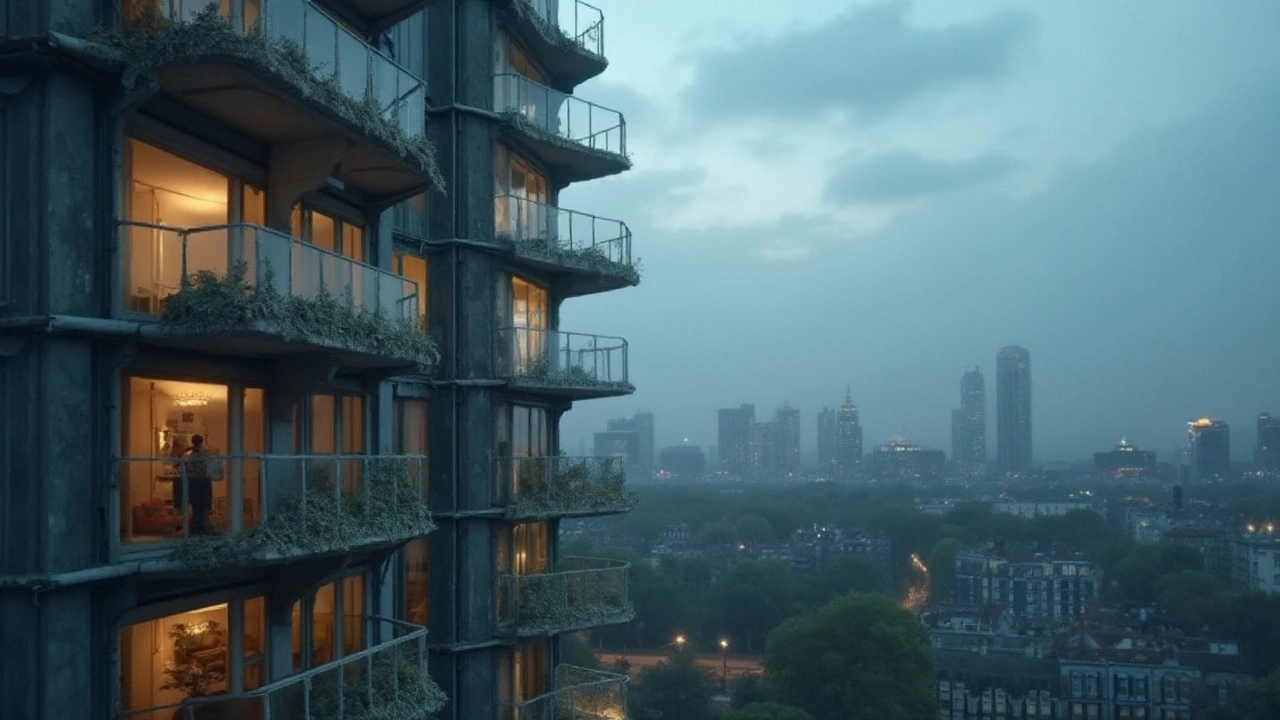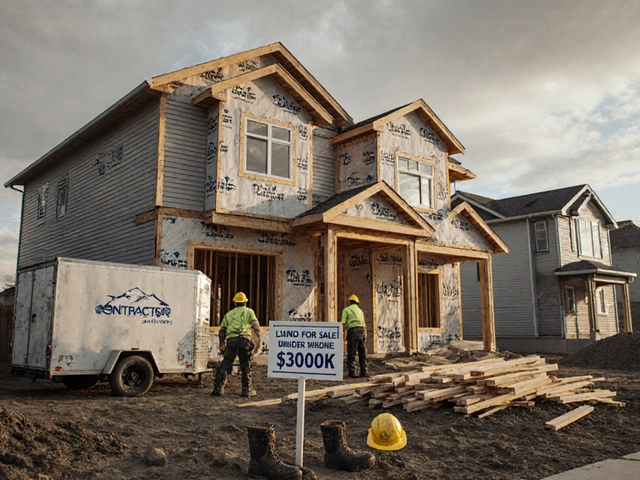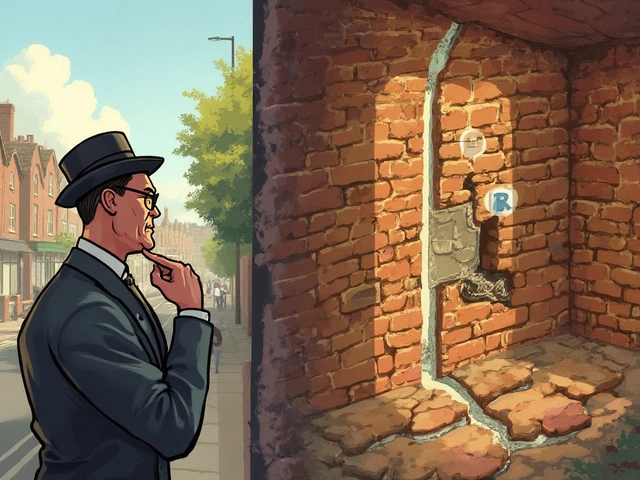New Construction Mold: How to Spot, Stop, and Solve It
Freshly built houses should feel clean and dry, but mold can sneak in before you even move in. It’s not magic – it’s moisture mixed with the right (or wrong) materials. In this guide, we’ll walk through the most common reasons mold appears in new builds, what signs to watch for, and practical steps you can take to keep your home mold‑free.
Why Mold Shows Up in New Builds
Most mold problems start with excess water. During construction, concrete slabs, plaster, and insulation can hold onto moisture for weeks. If the building envelope isn’t sealed properly, rain or ground water can seep in. Poor ventilation, especially in tight, energy‑efficient homes, traps humidity from showers, cooking, or even the outdoor climate. When that damp environment meets organic material like wood or drywall, mold spores have a perfect breeding ground.
Quick Ways to Detect Early Mold
Trust your nose – a musty smell often means mold is growing somewhere hidden. Check corners of basements, behind cabinets, and around windows for discoloration or fuzzy patches. Use a simple hygrometer; indoor humidity above 60% is a red flag. If you spot condensation on cold surfaces, that’s another clue that moisture is lingering longer than it should.
When you’re still in the hands‑off phase of a new build, ask the builder for the moisture test results. A reputable contractor will have measured slab moisture and will share the data. If the numbers are high, push for a longer drying period before finishing the interiors.
Once you suspect mold, don’t panic. Small patches can be removed with a detergent‑water solution or a commercial mold cleaner. Wear gloves, goggles, and a mask, then scrub the area and dry it thoroughly. For larger infestations, call a professional who can assess the extent and recommend safe removal methods.
Prevention is cheaper than cure. Install a proper vapor barrier under slabs, use moisture‑resistant drywall in bathrooms, and make sure all exterior walls are sealed with quality paint or membranes. Mechanical ventilation – like heat‑recovery ventilators (HRVs) – helps exchange indoor air without losing heat, keeping humidity in check.
After the house is finished, maintain good airflow by keeping interior doors open when possible, using exhaust fans while cooking or showering, and running dehumidifiers in damp seasons. Regularly inspect roof flashings, gutters, and downspouts to ensure water is directed away from the foundation.
Remember, mold isn’t just an eyesore; it can affect indoor air quality and trigger allergies. Acting early protects your family’s health and saves money on repair work down the line.
In short, watch for moisture, test humidity, and demand proper drying before you close up a new build. A little vigilance today prevents a costly, smelly problem tomorrow.
Understanding Mold-Related Health Risks in New Buildings

This article explores the potential health risks associated with mold exposure in new building constructions. It delves into how mold can develop even in newly built structures, the common health symptoms that can arise, and the measures you can take to protect yourself. We provide a practical guide on prevention and detection methods to ensure that new buildings remain safe and healthy environments.
read more



